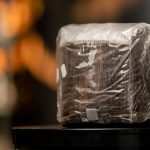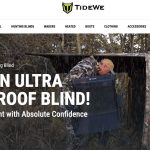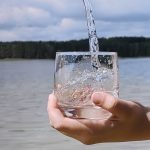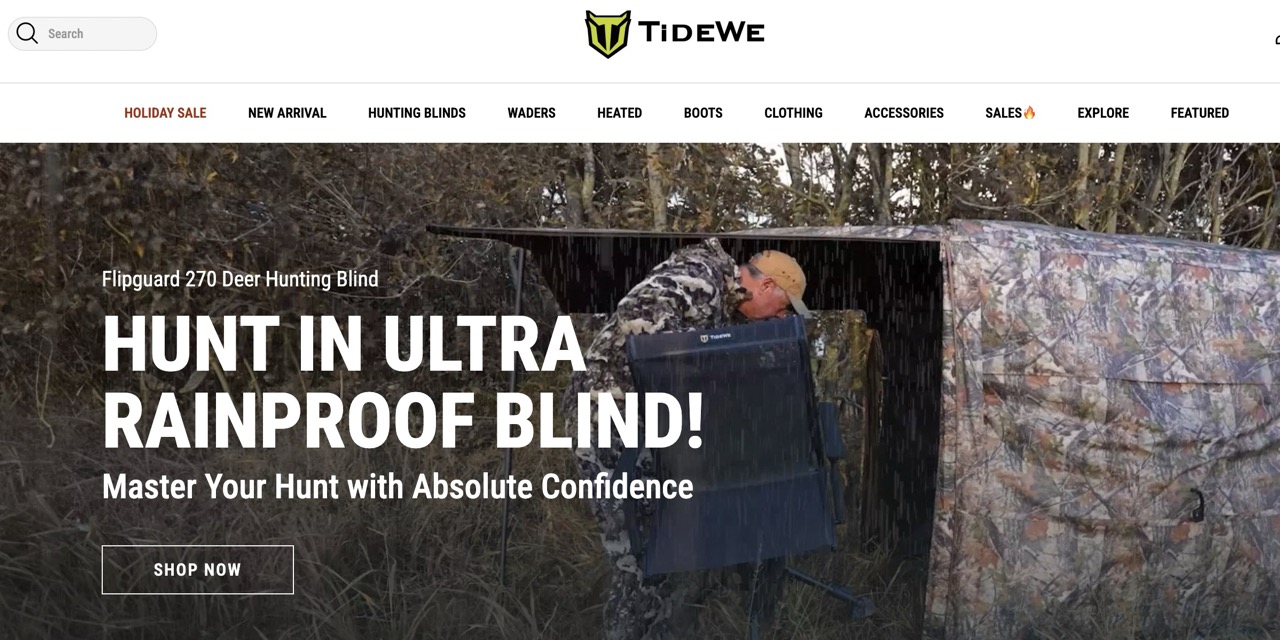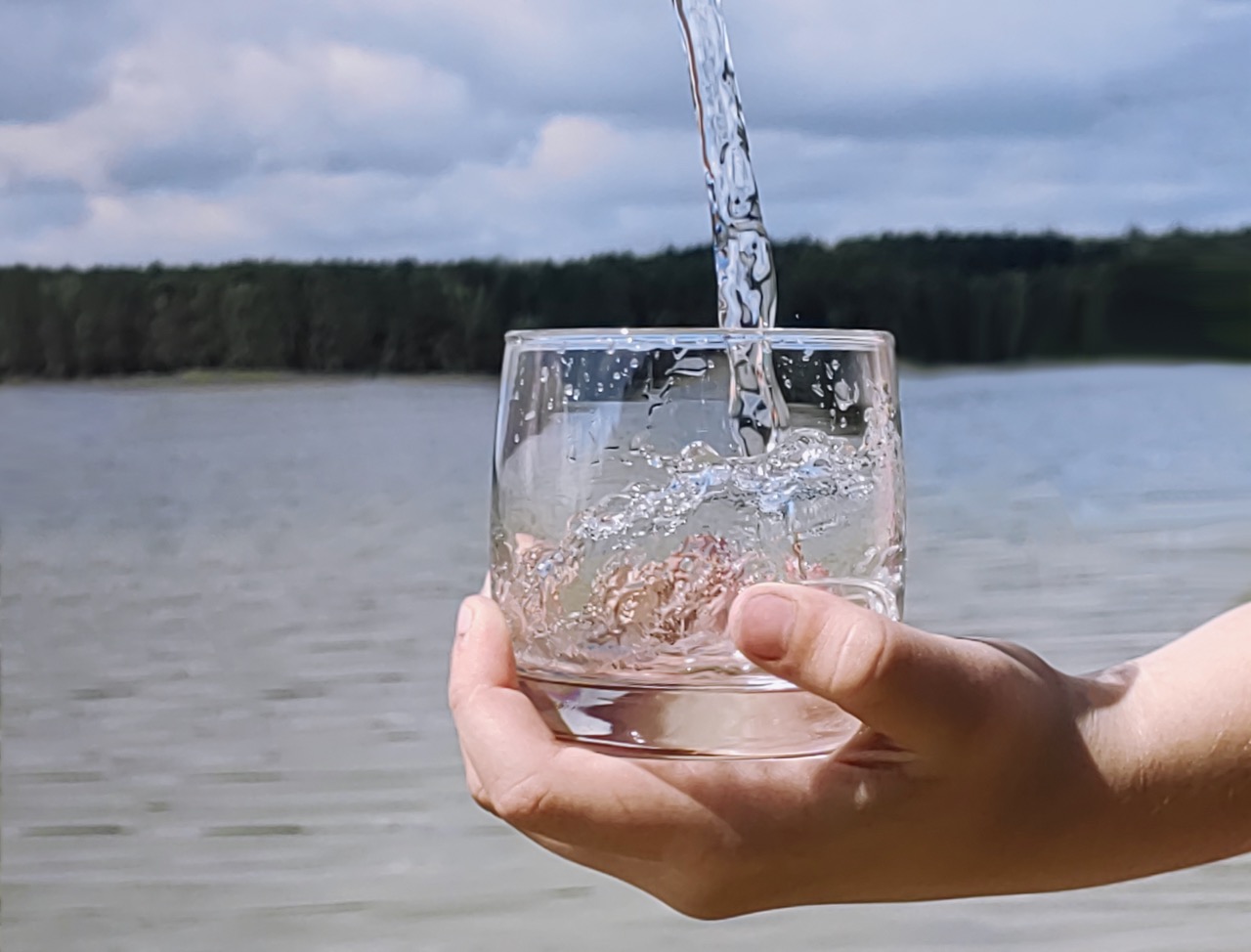Introduction
When you think of preparedness, the conversation often starts with nonperishable food, clean water, and shelter. But gear matters too. If you are caught in harsh weather or navigating rough terrain, the right boots, waders, or insulated jacket can be just as important as the food in your kit. TideWe is a brand that has built a strong reputation for affordable and functional outdoor gear designed for hunters, anglers, and anyone spending serious time outside.
Who Is TideWe?
TideWe is an outdoor equipment brand that focuses on providing rugged, waterproof, and cold-weather-ready gear at prices that are accessible. Originally focused on making hunting and fishing apparel more affordable, it has grown into a popular choice among outdoor enthusiasts, farmers, and preppers who need durable gear that performs without luxury pricing.
Core Gear Categories
1. Waders
TideWe is best known for its chest waders and hip waders. Built for hunters, fishermen, and anyone working in marshy or flooded environments, they combine waterproof construction with optional insulation. For preppers, waders can be practical during floods, heavy rains, or river crossings.
2. Boots
From neoprene hunting boots to rubber farm boots, TideWe offers a wide range of footwear designed for mud, snow, and standing water. Insulated versions are especially useful in cold-weather survival or extended outdoor work.
3. Heated Clothing
One of TideWe’s most recognized product lines is battery-powered heated apparel. Their heated vests, jackets, socks, and gloves use rechargeable packs to provide hours of warmth. In cold climates this can make a major difference, whether you are hunting, working outdoors, or managing a winter power outage.
4. Hunting and Utility Packs
TideWe produces backpacks, blinds, and chairs designed for hunters. Many packs include bow or gun carrying systems, making them versatile for outdoor expeditions. For preparedness planning these items can also function as durable bug-out or utility packs.
Why TideWe Appeals to Preppers
- Affordability: Compared to premium outdoor brands, TideWe is priced to be accessible. This makes it realistic to outfit an entire family without overspending.
- Practicality: Their gear emphasizes waterproofing, insulation, and rugged build. These qualities matter in real-world emergencies.
- Dual Purpose: Equipment meant for hunting or fishing also works for farming, homesteading, or survival situations. Heated vests and waterproof boots can serve as true survival tools when conditions turn harsh.
- Availability: TideWe products are sold through Amazon and the company’s own site, often with multiple options and bundle deals.
How It Fits Into Preparedness
Preparedness planning often centers on food storage, water filtration, and energy. Clothing and gear are equally important. Consider these scenarios:
- Flooding: Waders and waterproof boots provide safer passage through rising water.
- Cold-weather outages: Heated vests and gloves provide critical comfort when heating systems fail.
- Extended outdoor work: Durable packs and boots support farming, homesteading, and wilderness survival tasks.
When you combine nonperishable food reserves with rugged apparel from TideWe, you cover both sustenance and physical survival needs.
Summary
TideWe may not have the same prestige as higher-end outdoor brands, but its focus is clear. The company delivers functional, affordable, and reliable gear for people who spend time outdoors. For anyone building a preparedness plan, TideWe gear deserves a place alongside your food and water supplies. Nonperishables will keep you fed, and the right boots, waders, or heated vest might keep you alive.
The Role of Gear in Comprehensive Preparedness
Food and water are the foundation of any emergency plan, but physical gear is the bridge that connects supplies to survival. Nonperishable foods provide calories and nutrition, yet in real-world scenarios the environment often dictates how effective those supplies can be. If you cannot move through a flooded street to reach safety, or if you cannot stay warm during a winter power outage, food alone is not enough. This is where brands like TideWe add value.
Preparedness is not only about what you have stored in a basement or pantry. It is about ensuring that you can adapt to changing conditions. Gear that keeps you dry, warm, and mobile increases the usefulness of your nonperishable reserves by making them accessible and usable when conditions are difficult. For example, a box of canned goods is far less helpful if your boots fail during a flood and you cannot carry supplies to higher ground. Heated gloves and vests extend your endurance in cold weather, which means you can continue collecting firewood, clearing snow, or maintaining equipment without risking frostbite. In every case, durable gear enhances the effectiveness of your food and water storage.
The psychology of preparedness also benefits from reliable equipment. In stressful emergencies, people often face fatigue, anxiety, and reduced decision-making ability. Having gear that works as intended reduces those stressors. A waterproof pair of boots that stays comfortable after hours of use prevents blisters and exhaustion. A heated vest that delivers steady warmth can lower the mental toll of prolonged exposure to cold. These small improvements accumulate into real advantages when energy and morale matter most.
From a logistical perspective, gear extends storage planning. While nonperishable food often requires careful rotation and space management, durable items like boots, waders, and packs have long service lives. You purchase them once, maintain them properly, and they continue to serve across multiple scenarios. This makes them a cost-effective part of preparedness systems. Unlike perishables that must be replaced every few years, quality gear can provide decades of service when used seasonally or stored for emergencies.
For preppers and outdoor workers alike, the integration of reliable gear with nonperishable supplies creates a balanced strategy. It ensures that energy needs are met with food while physical safety and comfort are supported by equipment. TideWe positions itself as a practical option within this balance by offering waterproofing, insulation, and heated technology at accessible price points. The brand’s gear represents an investment in resilience that complements and strengthens food storage, rather than existing separately from it.
In short, preparedness should be viewed as a system where food, water, and gear all reinforce one another. Nonperishables may be the core of sustenance, but gear is the infrastructure that allows you to actually use and benefit from that sustenance when the environment challenges you.
Environmental Challenges and Why Gear Matters as Much as Food
Preparedness is often discussed in terms of stockpiling resources, yet the environment determines whether those resources can be accessed, transported, and consumed. Nonperishable foods are vital, but without the right protective equipment, even the best-stocked pantry may be out of reach. Environmental challenges take many forms, and each one demonstrates why clothing, boots, and insulated gear are not luxuries but critical survival components.
Floods and High Water
Flooding is one of the most common disasters worldwide. When rivers overflow or storm surges push inland, the immediate risk is not only drowning but also contaminated water. Nonperishable foods stored in a safe room are only useful if you can reach them. This is where waterproof gear, such as waders and boots, becomes indispensable. With proper protection, you can move supplies, assist family members, and secure shelter without exposing yourself to pathogens carried in floodwaters. Waders are not simply fishing gear; in preparedness, they function as life-preserving mobility tools.
Extreme Cold
Cold weather emergencies bring a different set of problems. Nonperishable foods provide calories, yet staying warm is what allows you to use that energy effectively. Extended exposure to low temperatures leads to hypothermia and frostbite, both of which reduce your ability to carry out basic survival tasks. Heated clothing from companies like TideWe demonstrates how gear can shift the balance. A heated vest or gloves can turn an impossible environment into one you can manage. In this context, heated gear is not about comfort—it is about endurance, mobility, and maintaining the ability to perform survival-critical tasks.
Mud and Agricultural Hazards
In rural or farm settings, mud is not a minor inconvenience but a serious obstacle. Prolonged rains can make fields or access roads impassable. Without sturdy waterproof boots, moving livestock feed, accessing stored supplies, or maintaining generators becomes physically exhausting and unsafe. Proper footwear reduces injuries, prevents infections from constant wet exposure, and preserves stamina. For preppers who live on land or homestead, boots are as essential as canned beans or bags of rice.
Heat and Sun Exposure
Preparedness also involves considering extreme heat. While food supplies may withstand storage in controlled environments, your ability to move and function outdoors during a heatwave or wildfire evacuation is directly linked to gear. Breathable clothing, hats, and hydration systems are forms of protective equipment. They may not carry the same visual weight as a pantry shelf lined with nonperishables, yet they are what keep your body capable of carrying that food to safety.
Long-Term Adaptability
Environmental challenges rarely appear in isolation. A disaster may start with flooding, followed by power outages in freezing conditions, then long days of cleanup in mud and debris. The common thread is that without protective gear, the calories provided by nonperishables cannot be fully converted into survival activity. The body may have the energy, but without insulation, waterproofing, or protective clothing, that energy cannot be applied effectively.
For anyone building a preparedness plan, it is crucial to consider gear as the operational counterpart to food and water. Nonperishables keep you nourished, but boots, waders, and heated clothing keep you moving, functional, and safe in hostile environments. Brands like TideWe fill this space by offering affordable access to gear that directly addresses these environmental challenges. In practical terms, gear and food are not separate categories. Together, they form the complete toolkit for resilience.
Final Thoughts on Integrating Gear and Food Storage
Preparedness is not about choosing between food and equipment. It is about building a system where each part reinforces the other. Nonperishable foods give you energy and security when supply chains fail, and gear gives you the ability to use that energy in real-world conditions. Without food, gear is useless. Without gear, food may remain inaccessible or impossible to prepare.
TideWe illustrates how practical gear can bridge this gap. Their waders, boots, and heated apparel are not just tools for hunters and anglers, but assets for anyone facing environmental uncertainty. Affordable, durable, and designed for rugged use, this type of equipment pairs naturally with long-term food reserves. Together, they create a level of readiness that addresses both sustenance and survival.
The lesson for preppers and everyday planners alike is clear. Do not treat food storage and gear acquisition as separate projects. View them as two halves of a single preparedness strategy. By combining a stocked pantry of nonperishables with reliable protective clothing and equipment, you give yourself and your family the best chance to endure, adapt, and recover when the unexpected happens.

